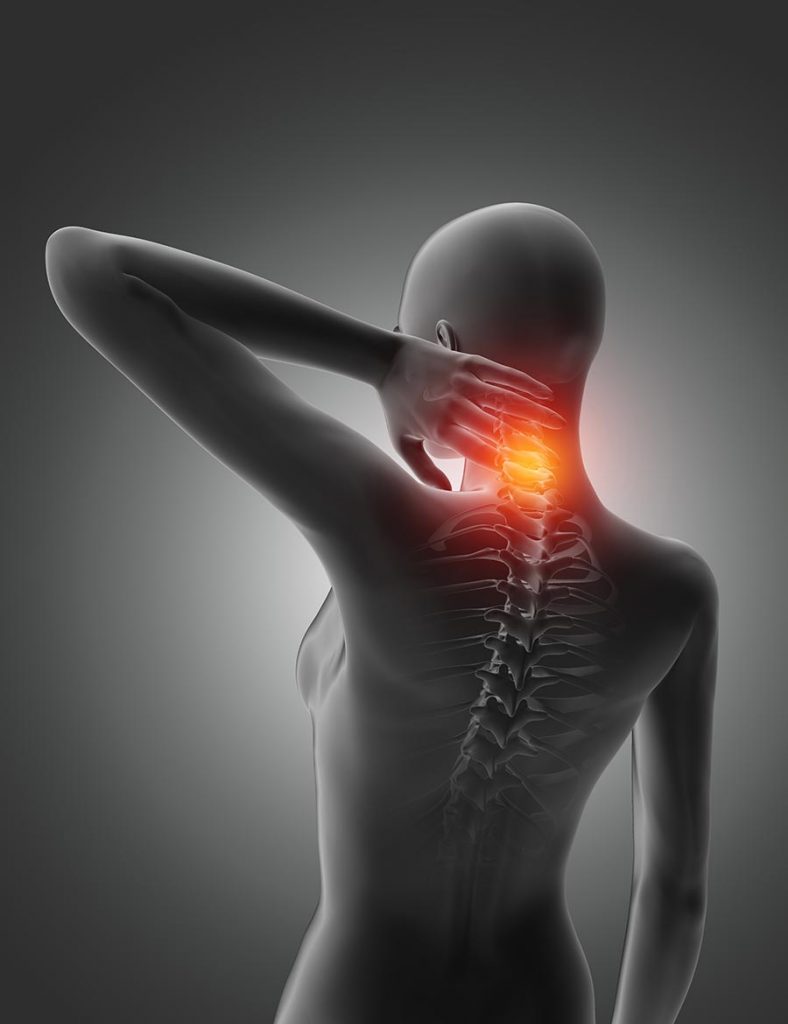Digging into ‘Turtle Neck Disease’ globally: Are the myths justified? Separate fact from fiction in this worldwide exploration.

Neck Disease: Fact or Fiction? Join us worldwide to find out! Let’s uncover the truth behind this mystery and see if your turtleneck is friend or foe. Dive in now! Don’t miss this chance to separate myth from reality and understand the impact on global health.
What is Turtle Neck Syndrome?

Turtle Neck Disease, also known as Text Neck or Forward Head Posture, isn’t actually a recognized medical disease. However, it describes the discomfort and pain in the neck and shoulders caused by prolonged use of electronic devices with a hunched forward posture.
Global Turtle Neck Disease: Prevalence & Age Differences
Table with percentages and age differences
| Region | Prevalence | Age Group Most Affected |
|---|---|---|
| North America | 20-25% | Adults, especially those aged 25-50 |
| Europe | 15-20% | Adults, particularly aged 30-60 |
| Asia | 25-30% | Adolescents and young adults, aged 15-30 |
| Africa | 10-15% | Varied, with a slight tendency towards adults aged 25-45 |
| South America | 15-20% | Varied, but adolescents and young adults are commonly affected |
| Oceania | 20-25% | Adults, with a higher prevalence in urban areas |
The prevalence percentages indicate the estimated proportion of the population affected by Turtle Neck Disease in each region. Age groups most affected vary across regions, with a tendency towards adults in North America, Europe, Africa, and Oceania, and adolescents and young adults in Asia and South America. These variations may be influenced by lifestyle factors, cultural practices, and access to healthcare across different regions.
Neck Disease: Fact or Fiction?
Turtle Neck Disease” is a catchy term, but it’s not a real medical condition. While not a disease, the neck pain, shoulder tension, and upper back pain it describes are very real for those with poor posture.
Some symptoms of Turtle Neck Disease include:
- Neck discomfort
- Shoulder ache
- Upper back discomfort
- Increased spinal curvature
Some common reason that we do in daily life which cause Turtle Neck Disease:
- Prolonged use of handheld devices (smartphones, tablets).
- Extended periods of sitting with poor posture, especially while using computers or watching TV.
- Carrying heavy backpacks or bags on one shoulder.
- Sleeping with inadequate neck support or in an awkward position.
- Repetitive movements or tasks that strain the neck and shoulders, such as lifting heavy objects or working in awkward positions.
- Lack of regular breaks or stretching during prolonged periods of sitting or standing.
- Stress or tension, leading to tightness in neck and shoulder muscles.
- Inadequate ergonomics in work or study environments, such as poorly positioned computer screens or chairs.
Potential Issues if Turtle Neck Disease Becomes Severe
If left unaddressed, the discomfort from “Turtle Neck Disease” can escalate into serious issues. Chronic pain, muscle imbalances, and restricted mobility can develop, leading to headaches, spinal complications, and even nerve compression in severe cases. Additionally, it can take a toll on mental well-being, with anxiety and sleep disturbances creeping in. Prevention is crucial! Maintain good posture, take regular screen breaks, and incorporate stretching into your routine to prevent these problems. If pain persists, don’t hesitate to seek professional assistance.
Tired of “text neck” dragging you down? Don’t fret! Here’s how to combat it and keep your neck feeling fantastic
Master Your Posture:
- Keep your head up: Picture a gentle string pulling your chin upward, aligning your ears over your shoulders.
- Say goodbye to slouching: Hold your phone or tablet up high, like an offering to the screen gods, and consider using a stand or ergonomic keyboard for added support.
Ease the Tension with Stretching:
- Roll it out: Gently rotate your head in circles, both clockwise and counterclockwise, to release tension.
- Embrace the side tilt: Slowly lean your ear towards your shoulder to stretch, then repeat on the other side.
- Chin tucks: Lightly draw your chin inwards and hold for a few seconds, then release.
Strengthen Those Muscles:
- Engage in isometric exercises: Focus on squeezing specific muscles without movement to strengthen your neck and upper back.
- Embrace yoga or Pilates: These practices work wonders for your core and posture, benefiting your neck and shoulders.
Tech-Friendly Tips:
- Use posture reminder apps: Stay on track with apps that gently remind you to check your posture and take screen breaks.
- Try blue light filters: Reduce eye strain and potentially improve posture by using blue light filters on your devices.
Remember, consistency is key! Make these practices a regular part of your routine to keep neck pain at bay and maintain a happy neck. And if discomfort persists, don’t hesitate to seek personalized advice from a healthcare professional.
Medical Treatments Turtle Neck Disease
While “Turtle Neck Disease” isn’t a recognized medical condition, there are various treatments that can address the underlying pain and discomfort caused by prolonged poor posture. These are typically non-invasive and focus on relieving pain and improving posture. Here are some options:
Physical Therapy:
A physical therapist can assess your posture and create a personalized exercise program to strengthen the muscles that support your neck and shoulders. This program might include stretches, strengthening exercises, and core exercises to improve overall posture.
Chiropractic Care:
Chiropractors focus on spinal adjustments and manipulations. While the effectiveness of chiropractic care for text neck is debated, some people find it helpful for pain relief and improving mobility.
Pain Medication:
Over-the-counter pain relievers like ibuprofen or acetaminophen can help manage pain and inflammation in the neck and shoulders.
Heat Therapy:
Applying heat to your neck and shoulders using a heating pad or hot compress can relax tight muscles and ease pain.
Massage Therapy:
Massage therapy can help to loosen tight muscles and improve circulation in the neck and shoulders, which can reduce pain and discomfort.
Posture Supports:
Cervical collars can be used for short periods to help support the neck and prevent further strain. However, long-term use isn’t recommended as it can weaken the neck muscles.
Ergonomic Modifications:
Making ergonomic changes to your workspace can help to prevent text neck. This might include using a standing desk, a monitor riser, or a headset for phone calls to avoid holding your phone to your ear.
It’s important to note: Consulting a healthcare professional is crucial before starting any new treatment, especially if you have any underlying health conditions. They can help you determine the best course of treatment for your individual situation.



0 Comments